In high-precision welding applications such as pipeline welding, aerospace, and semiconductor manufacturing, our orbital welding headsare widely recognized for their stable arc control and automated welding capabilities. However, improper operation can still cause porosity, compromising weld strength and sealing. This article will share five practical tips to help you effectively avoid porosity and ensure weld quality when using orbital welding heads.
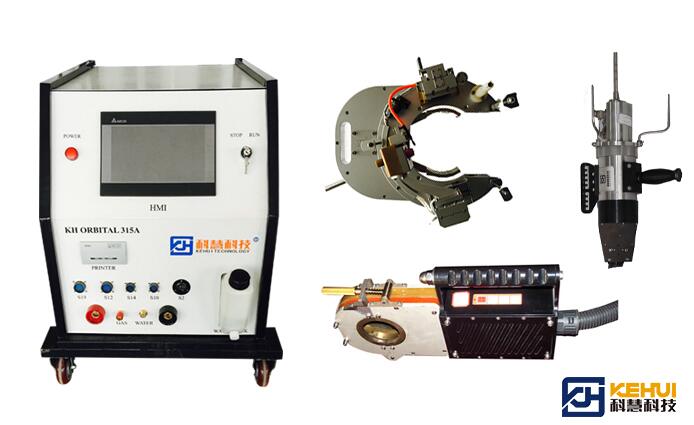
KH-315A 3 In 1 Orbital Weld Heads
1. Ensure pure shielding gas and a stable flow rate.
One of the main causes of porosity is impure or insufficient flow of shielding gas (such as argon).
Use high-purity gas: When welding stainless steel or titanium alloys, the argon purity should be ≥99.995%, and the cylinder quality should be regularly tested.
Adjust the appropriate flow rate: 8-15 L/min is generally recommended. Too high a flow rate may cause turbulence, while too low a flow rate may not effectively isolate the air.
Check the gas line tightness: Ensure the gas line is leak-free and the welding gun nozzle is clean and unobstructed (this can be monitored using the gas flow meter included with the orbital welding heads).
2. Optimize welding parameters to avoid weld pool instability.
Although the orbital weld heads' automated system precisely controls parameters, incorrect settings can still lead to porosity.
Match current and voltage: Select appropriate parameters based on material thickness (e.g., low current and high speed are recommended for thin-walled pipes).
Pulse welding mode: For easily oxidized materials such as stainless steel, enable pulsed TIG mode to reduce heat input and minimize the risk of porosity.
Pre-flow/post-flow gas supply: Orbital weld heads support pre-flow and post-flow gas supply functions to ensure a protected weld pool during arc starting and ending.
3. Strictly clean the base metal and weld material.
Oil, moisture, or oxide layers are sources of hydrogen, which can directly lead to porosity. Mechanical cleaning; chemical cleaning; and dry and store the welding wire.
4. Control humidity and wind speed.
Moisture in the air and strong winds can damage the shielding gas layer. The recommended relative humidity for welding is <60%. When welding outdoors, create a temporary windbreak.
5. Regularly maintain equipment to ensure stability.
Poor condition of orbital weld heads (such as electrode wear or cable aging) can also indirectly cause porosity.
Replace worn parts: The tungsten electrode tip should be kept sharp (2% thoriated tungsten is commonly used) and re-sharpened after passivation.
Check the cooling system: The coolant in water-cooled welding guns should be replaced regularly to prevent overheating that could affect the gas shielding effect.
Software upgrades: Regularly update the control program for orbital weld heads and optimize welding algorithms.
Conclusion
By focusing on five key points: pure gas, optimized parameters, clean materials, environmental control, and equipment maintenance, you can significantly reduce porosity issues when using orbital welding heads. If you still encounter problems, please contact us for diagnosis.

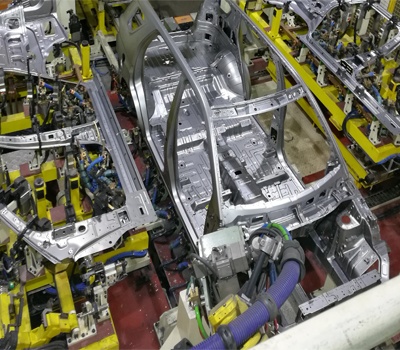 Automobile Body Production Line Welding Fixtures
Automobile Body Production Line Welding Fixtures 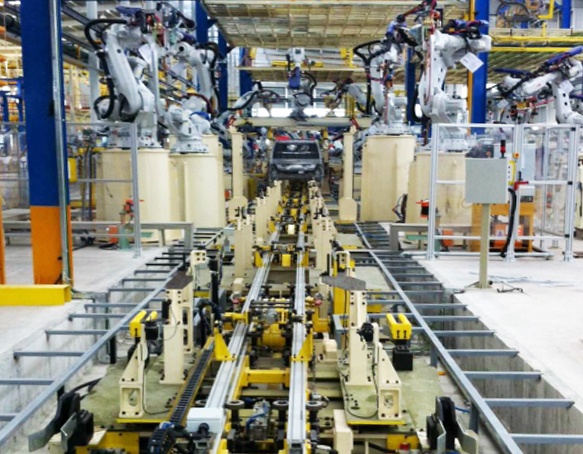 Automotive Body Welding Automated Manufacturing Solutions
Automotive Body Welding Automated Manufacturing Solutions 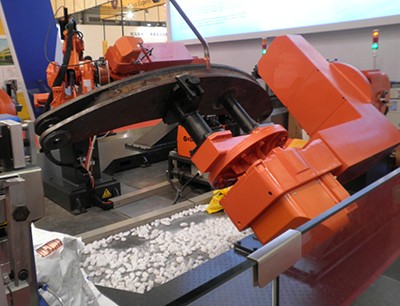 Bulldozer beam and bucket robot welding cobot assembly line
Bulldozer beam and bucket robot welding cobot assembly line 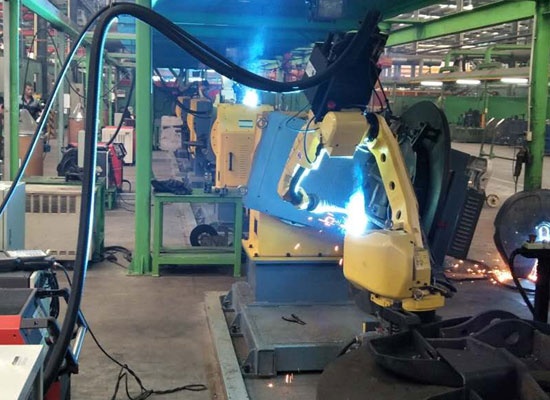 Suspension parts of semi-trailer fully automated production line
Suspension parts of semi-trailer fully automated production line 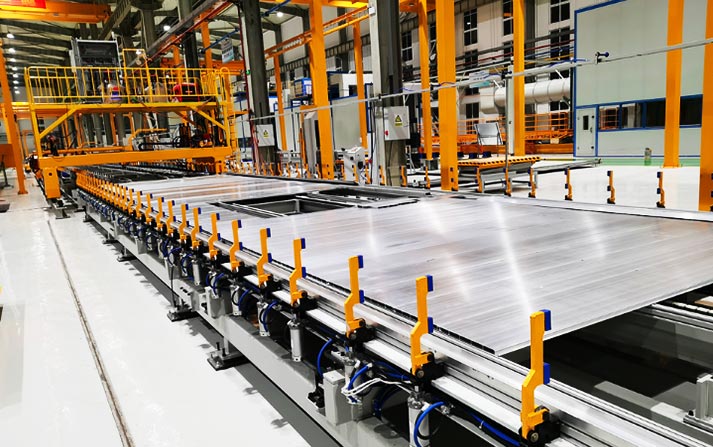 Aluminum alloy container side box robot automated welding manufacturing line automation
Aluminum alloy container side box robot automated welding manufacturing line automation